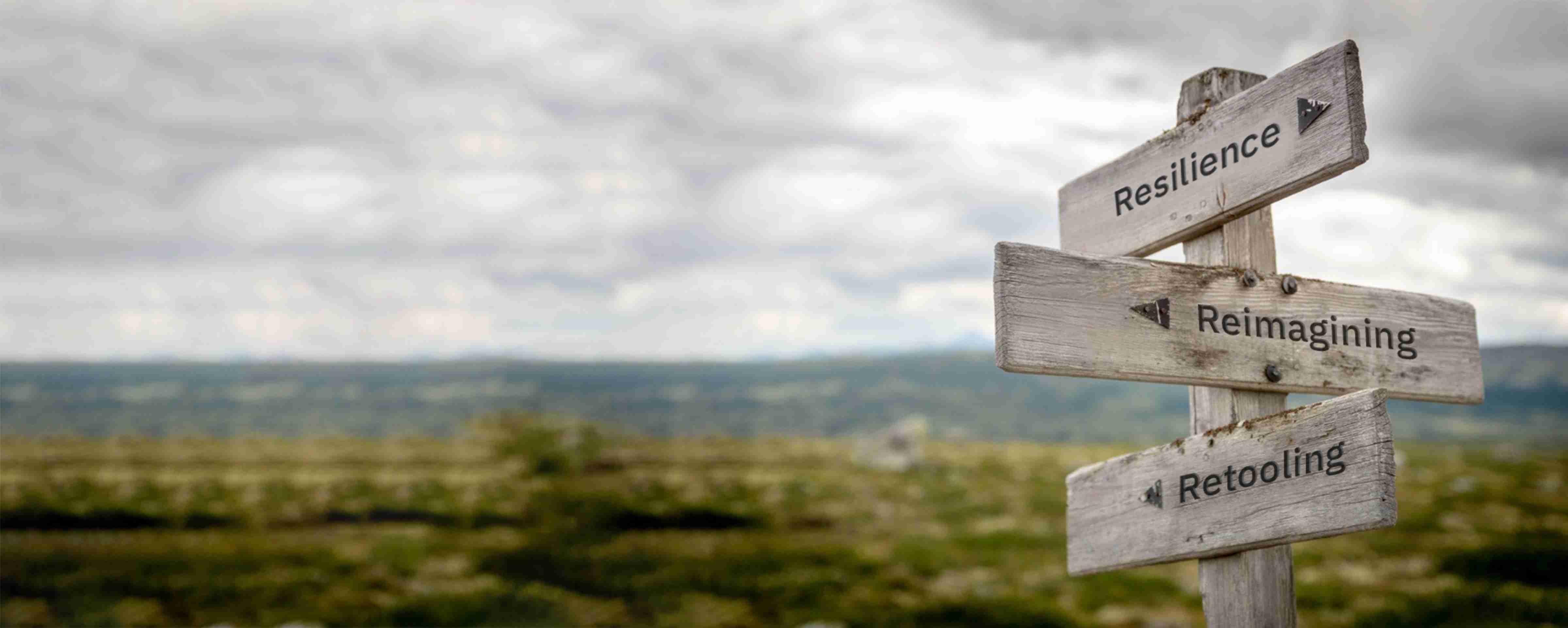The “Synchronic” Orchestra: Reconceptualizing Instruction in a Time of Change
Location
Zoom Room 2
Start Date
25-3-2021 2:45 PM
End Date
25-3-2021 3:05 PM
Type of Presentation
Scholarly Work Presentation (15 minutes)
Proposal for Presentation
Post-secondary music curricula are living organisms existing in time. Through a natural process based on regular as well as unprecedented societal demands, they are constantly undergoing adaptation. Hence, these curricula can be understood in terms of their synchronic and diachronic natures. In particular, orchestra curricula have evolved in order to adequately address the demands of a likewise changing music market. This paper explores the synchronic and diachronic functions of undergraduate orchestra curricula, with attention to their historical role in Western culture in preparing musicians for a shifting job market. In discussing instructional effectiveness in the delivery of these curricula during a global pandemic, it contrasts its diachronic essentiality and the current, synchronic demand for educational change.
The “Synchronic” Orchestra: Reconceptualizing Instruction in a Time of Change
Zoom Room 2
Post-secondary music curricula are living organisms existing in time. Through a natural process based on regular as well as unprecedented societal demands, they are constantly undergoing adaptation. Hence, these curricula can be understood in terms of their synchronic and diachronic natures. In particular, orchestra curricula have evolved in order to adequately address the demands of a likewise changing music market. This paper explores the synchronic and diachronic functions of undergraduate orchestra curricula, with attention to their historical role in Western culture in preparing musicians for a shifting job market. In discussing instructional effectiveness in the delivery of these curricula during a global pandemic, it contrasts its diachronic essentiality and the current, synchronic demand for educational change.



